Our History
1908 - Public Beginnings
Jones Memorial Library opened in 1908 as the second oldest public library in Virginia. The library had been the dream of George Morgan Jones, philanthropist and industrialist of Lynchburg.
As a memorial to her late husband, Mary Frances Watts Jones financed the construction and equipping of the library’s first building at 434 Rivermont Avenue.
The original library building, designed by the local firm of Frye & Chesterman, opened in June 1908. Constructed in a neo-classical style, the building included a central dome and Carnegie stack system. In 1980, the building was added to the National Register of Historic Places.
But the library almost never came to be.
George Morgan Jones and Mary Frances Watts were married in 1848. While Mary eventually bore three daughters, all of the couple’s children died young. After the loss of his third daughter in 1885, George turned to philanthropic pursuits in support of advancement of the city. The couple were then instrumental in establishing Randolph Macon Woman’s College, where they funded a library in memory of two of their daughters.
George then began to plan for a public library for the city. In 1899, the couple, now in their 60s, adopted a daughter from Tennessee. When George died in 1903, he left everything to his wife and newly adopted daughter but nothing for a public library. His will was quickly contested. A lawsuit brought against Mary alleged the adoption was fraudulent. A lengthy trial resulted in a hung jury. To avoid further litigation, a settlement was ordered by the court: Mary donated $50,000 for a public library in exchange for recognition of her adopted daughter.
As part of the settlement a library board was appointed, with Mary as its president. The board quickly got to work planning the construction of a library that would be a “Light Set on a Hill” in memory of George.
After the library opened in 1908, Mary Watts Jones was actively involved in the day-to-day operation of the Library. Following her death in 1920, the library received a generous bequest from Mary’s estate. This endowment continues to provide most of the funding for the library’s services today.
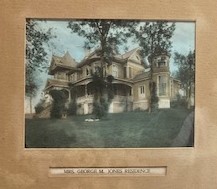
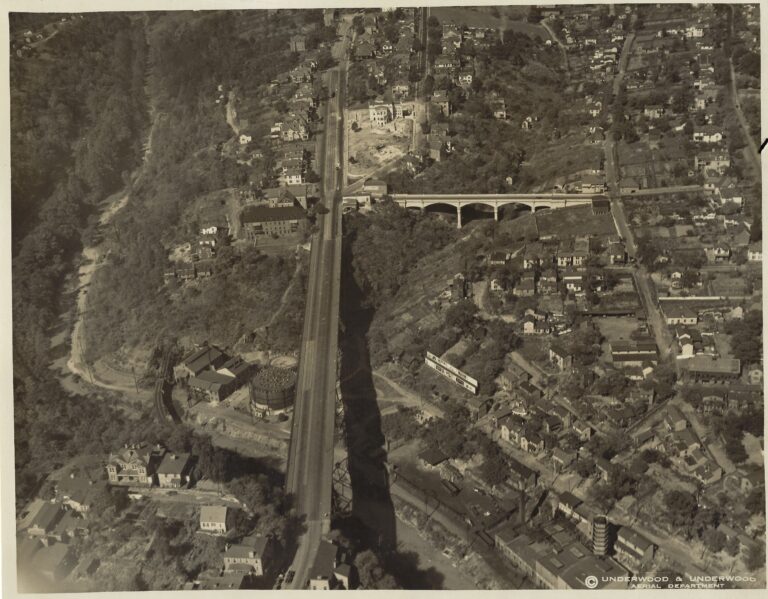
1924 - 1969
As a privately endowed library, the Jones Memorial Library operated for the public good but did not receive taxpayer support.
Founded during the Jim Crow era in the South, Jones Memorial Library maintained segregated public library services under Virginia law. Between 1908 and 1924, the library offered services to white residents of the city irrespective of gender and religious or sectarian affiliation. During this time, the library operated from the Rivermont Avenue building.
In 1924, under the leadership of Jane Maud Campbell, the library opened the Dunbar Branch at the new Paul Laurence Dunbar High School. The Dunbar Branch served “colored” residents of the city. Noted Harlem Renaissance poet Anne Spencer was the branch’s first permanent librarian, serving at the branch until 1946.
Following patron demand, the library established and stocked additional branches and deposit stations across the city at Fort Hill (1924), College Hill (1926), Guggenheimer-Milliken (1928), West End (1930), Fairview (1930), and Miller Park (1931).
In 1946, the library transferred operation of the Dunbar Branch and other school branches to the Lynchburg City Schools. The library continued to deliver and loan books to elementary schools until 1950, when the service was discontinued due to lack of city funding. The library donated most of the books at the school branches to the city in the 1940s and 50s. Following closure of the Miller Park and Fort Hill branches in the 1950s, the library again donated most of these branch collections to the city.
In 1966, the Lynchburg Public Library opened as the first taxpayer funded, racially integrated public library in the city. Trustees from the Jones Memorial Library served on the committee to establish the Lynchburg Public Library. Following LPL’s establishment, the Jones donated its collection of fiction to the Lynchburg Public Library and the Lynchburg City Schools, while retaining archival and genealogical holdings. Jones then concentrated on services as a specialized research collection open to all.
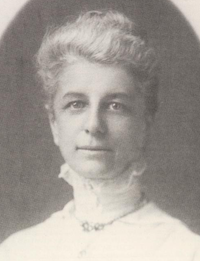
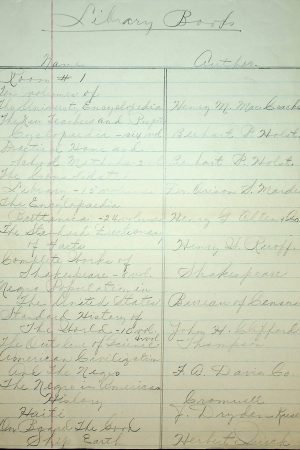
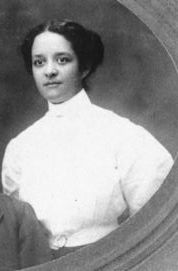
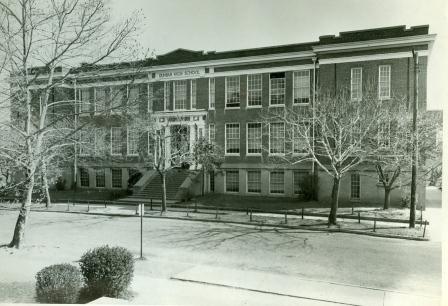
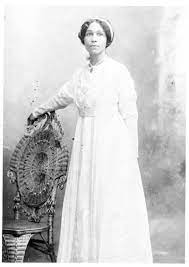
Learn more
VISIT OUR DIGITAL COLLECTION ABOUT THE LIBRARY'S HISTORY
1987 to Present Day
In 1987, Jones Memorial Library sold the original building at 434 Rivermont Avenue and moved to a renovated and expanded facility at 2311 Memorial Avenue. The current location is a former Sears department store.
Listed on the National Register of Historic Places, the original Rivermont Avenue building has housed different organizations unaffiliated with the library since the early 1990s. It is currently under re-development.
Jones Memorial Library’s current location above the Lynchburg Public Library gives the public and researchers the advantages of “one building, two collections.” Lynchburg Public Library, operated and funded by the city, provides general library services on the first floor. On the second floor, Jones Memorial Library operates as an archive and special genealogical collection. The two libraries are independently operated, with separate boards and staff.
Jones Memorial Library is a registered 501(c)3 non-profit and is open to the public at no charge. The library does not receive taxpayer support; minimal fees cover the cost of photocopying and reproductions. As a specialized library, services are open to all patrons conducting research using the collections. Children under the age of 12 are welcome with a parent or guardian.
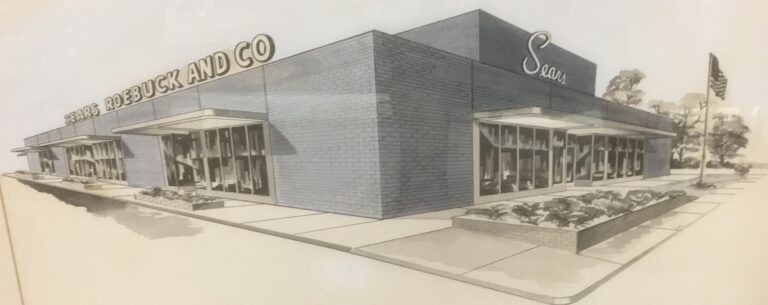
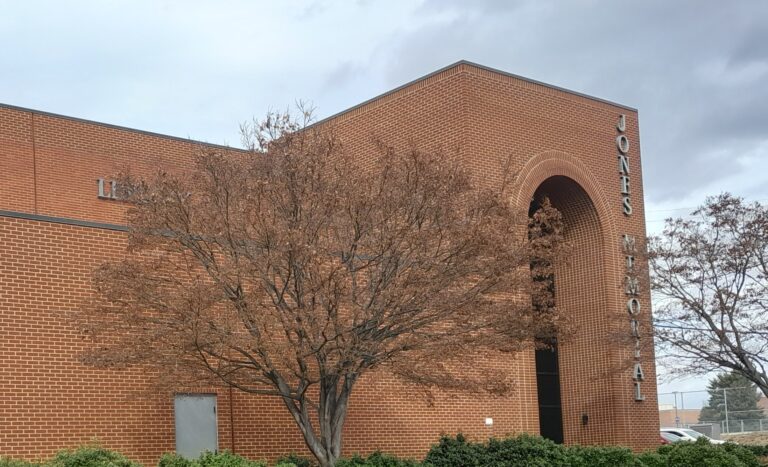
Head Librarians
- Deborah A. Smith, 2022 - Present (BIO)
- Carolyn C. Sherayko (interim), 2022
- Lewis H. Averett, 2019 - 2022
- Susan Hall Pillow, 2008 - 2019
- Phillip Wayne Rhodes, 1998 - 2008
- Charles Edward Gibson, 1991 - 1998
- Rebecca C. Glasser & Phillip Wayne Rhodes, 1989 - 1991
- Sarah A. Hickson, 1979 - 1989
- Sue Terrell Scott, 1977 - 1979
- Josephine B. Wingfield, 1956 - 1977
- Lucille T. Dickerson, 1947 - 1956
- J. Maud Campbell, 1922 - 1947
- Elizabeth K. Peck, 1914 - 1921
- Eugenia E. White (interim), 1913
- William Marshall Black, 1908 - 1912
- Roberta Morgan Strother, 1905 - 1908
Board Presidents
- Gerard Sherayko 2024 - present
- Robert Chambliss Light, Jr. 2017 - 2024
- L. Marie Waller 2013 - 2017
- Mary Kathryn McIntosh 2004 - 2013
- William S. Williams 1993 - 2004
- John Doniphan Owen, Jr. 1975 - 1993
- Robert Crenshaw Watts, Jr. 1964 - 1975
- Theodore Henley Jack 1949 - 1964
- James Owen Watts 1944 - 1948
- Walker Pettyjohn 1943 - 1944
- Richard Thomas Watts, Jr. 1934 - 1943
- Armistead Ragland Long 1921 - 1934
- Mary Frances Watts Jones 1904 - 1920